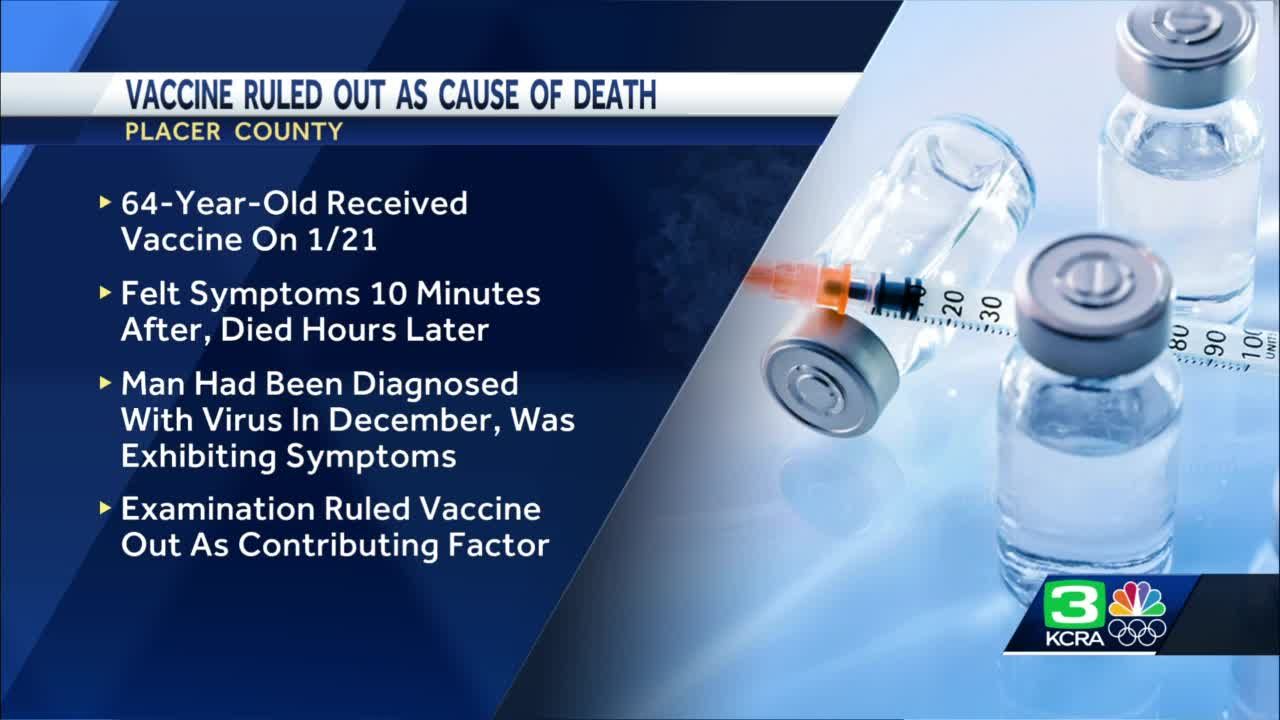
National Review
The Deadly Consequences of ‘Defund the Police’
The role of policing in the United States is being hotly debated, with many liberal activists calling for reductions in police funding. Although advocates of defunding the police have failed to win over the general public, the political climate in certain Democratic-leaning cities, combined with the budget constraints imposed by COVID-19, has already succeeded in thinning the ranks of police departments in some parts of the country. In Minneapolis, the epicenter of last year’s protests and riots, over 100 officers left the ranks of the city’s police, “more than double the number in a typical year.” In Seattle, another hub of protests last year, the level of police attrition is “unprecedented.” The long-term impact of police reductions in these specific cities is at this point unclear. However, a study published in December in Justice Evaluation Journal offers some evidence that rapidly depleting the ranks of a city’s police force can in some circumstances have deadly consequences. Eric Piza, of John Jay College of Criminal Justice at CUNY, and Vijay Chillar, of the School of Criminal Justice at Rutgers University, looked at police layoffs against the backdrop of the Great Recession of 2008–09. “There’s a large body of research that has looked at the relationship between police-force size and crime, but most of it has analyzed the effect of incremental changes in officer numbers,” Piza told me about why he pursued this research. “Large changes, such as what occurs with layoffs, hadn’t been analyzed before. Therefore, we felt that research on the effect of large, sudden reductions to a police force was needed in the field.” During that period, New Jersey’s two largest cities, Newark and Jersey City, faced severe budget stress as a consequence of the downturn in the economy. Both cities contemplated large police layoffs in response. In Jersey City, the local police union and city officials were able to reach an agreement that averted layoffs; in Newark, labor–management negotiations were not as successful, resulting in the layoff of 167 recently hired officers, a total of 13 percent of the force. Piza and Chillar used the examples of Jersey City and Newark as a natural experiment, examining their crime rates between 2006 and 2015 and looking to examine the impact of Newark’s layoffs on its levels of crime. Although no natural experiment is perfect, the similarities between the two cities made them comparable for purposes of the study. The researchers note in their paper that “as New Jersey’s two largest cities, Newark and Jersey City are more similar to one another than any of the other municipalities in the state in regards to police force size, pre-layoff resources, and pre-layoff crime levels.” They noted that both property-crime and violent-crime rates continued to decline throughout the period they studied in Jersey City. In Newark, however, violent-crime rates increased after the layoffs. Using statistical models, Piza and Chillar estimate that there were “approximately 108 . . . additional violent crime incidents per month resulting from the layoffs,” while there were also an additional 103 property-crime incidents each month. One possible culprit for the increase in crime following the layoffs was the decision of the Newark Police Department (NPD) to curtail the use of hot-spots policing, which involved assigning officers to proactively police the city’s crime hot spots during the majority of their shifts. From 2006 to 2009, hot-spots policing was a major feature of the department’s activities, but budget constraints and layoffs forced the NPD to discontinue this form of policing, as personnel were needed elsewhere. It’s also possible that the sudden and dramatic decrease in police officers harmed the force’s morale, contributing to a reduction in policing quality. Piza and Chillar point to a 2018 study that found that teacher layoffs in the state of Washington led to less teacher productivity. Whatever the reason, the study clearly shows a relationship between layoffs and a spike in crime in Newark, one that did not take place in similarly situated Jersey City. Piza advised caution on drawing larger lessons from the study and suggested that layoffs don’t necessarily have to lead to higher crime levels if they are done in a more strategic way that allows departments to continue crime-control practices that work. “The layoffs weren’t part of any larger efforts to reimagine public safety, which are occurring currently,” he told me. “With that said, I don’t think reducing police-force sizes needs to automatically result in more crime, as long as police cuts are supplemented with resources that can help maintain evidence-based crime-control practices.” But it’s unclear whether the cuts we’re seeing across the country are being done in a judicious environment or whether they’re a knee-jerk response to the political moment that is taking place around the country. We know for instance that Austin, Texas, cut a third of its police budget, and New York City disbanded a plainclothes anti-crime unit. These cuts are coming at a time when many American cities have experienced a huge increase in homicides and shootings. Some locales, such as Wilmington, Del., saw a record number of homicides last year. St. Louis, Mo., long one of America’s most violent spots, saw its highest rate of killing in 50 years. Since the advent of smartphones and social media, we’re all intimately aware of acts of unjustified police violence and brutality. But we should contextualize any policy responses we take, carefully weighing costs and benefits. The Piza and Chillar study shows that a sharp and sudden reduction in police staffing can have disastrous consequences for a community, leading to more needless death.
Article From & Read More ( COVID-19 vaccine ‘ruled out as a contributing factor’ in Placer County man’s death - Yahoo News )https://ift.tt/2L5QaOG
Health
No comments:
Post a Comment